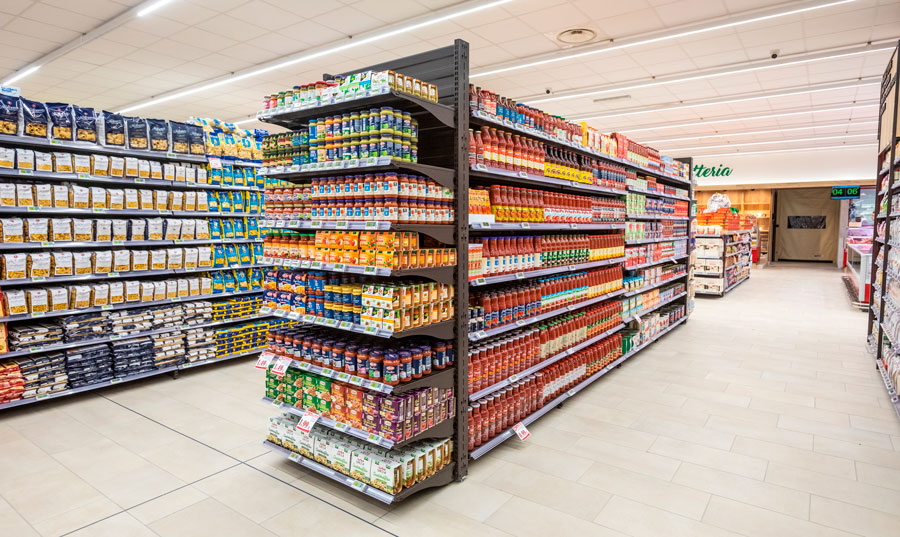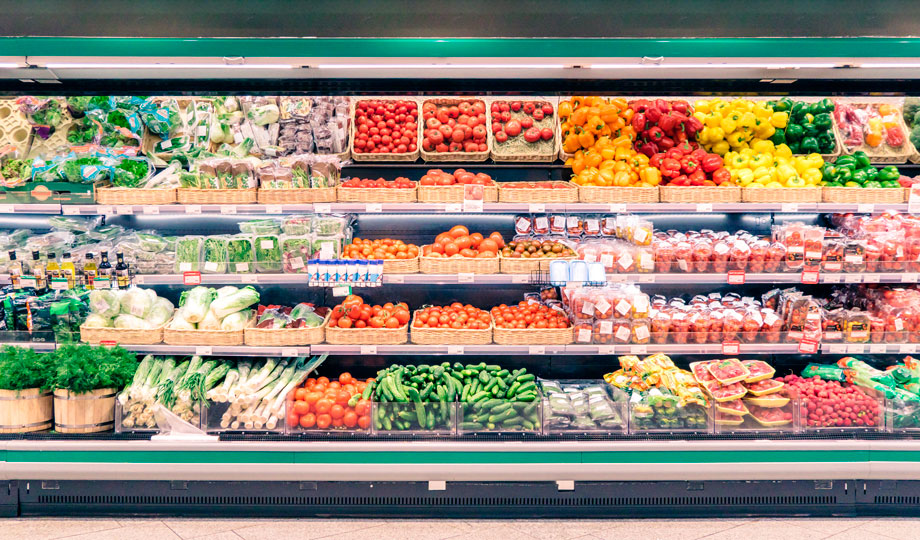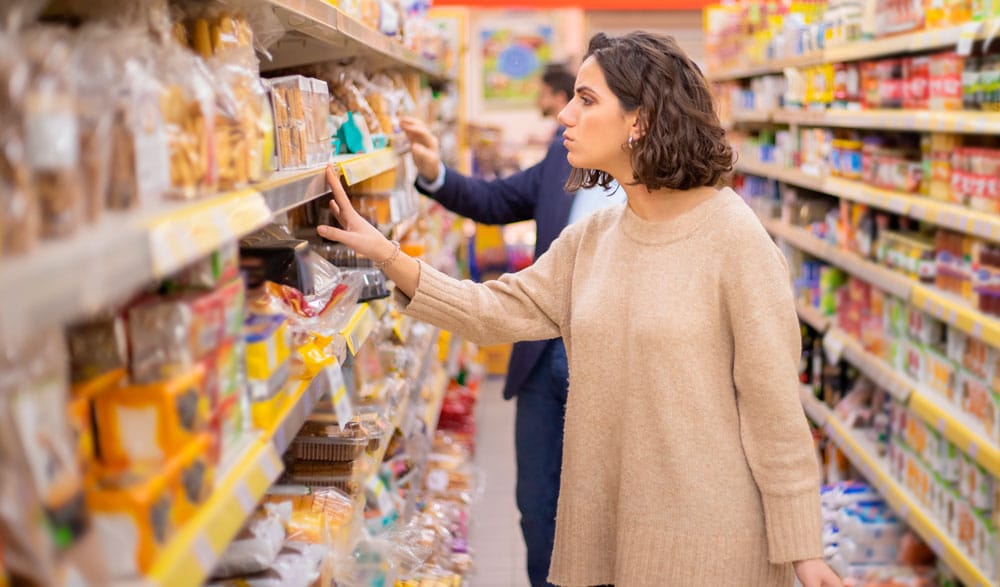All sales projections made it clear that online commerce would boom. According to Statista, “E-commerce sales worldwide will expand frenetically in the coming years. In 2018 they reached US$2.8 trillion and are expected to increase to US$4.9 trillion by 2021.” However, no one expected to face a pandemic and its effects, which have accelerated the growth of e-commerce, surpassing all expectations.
Although some retailers saw sales declines during the pandemic of up to 60%, supermarkets with online sales saw considerable progress, reporting growth of up to 300% in March 2021.
Supermarkets also benefited from the development of grocery delivery, which has a projected annual growth of 30%, according to studies by Civic Science. This service has been on the rise as consumers find it attractive to select items online and receive them at home, scheduling the day and time, allowing one of the week’s chores to be done from the comfort of home.
Along with the growth of grocery delivery, Dark Stores are emerging, allowing supermarkets and other retailers to have exclusive space to store and prepare products for e-commerce. This format, which has already been adopted by major retailers such as Bed, Bath & Beyond, Walmart, and Carrefour, has several competitive advantages. It minimizes operational and housing costs for companies and improves inventory accuracy. But the most significant benefit is felt by customers who get faster delivery, with promises of getting their products in less than an hour.
Retailers must be prepared to face some challenges that arise within this new dynamic. Among them, studies such as “Leveraging the physical network of stores in e-grocery order fulfillment for sustainable competitive advantage” highlight the major factors to be considered: integration between online and physical sales channels, logistics coordination, and inventory management.
Product availability in Dark Stores
Dark Stores satisfy an online shopping experience, but with physical product delivery. Inventory management is critical to meeting the expectations of consumers, who expect fast delivery and immediate availability. Irregularities in the store’s inventory system or products are hidden in the backroom can generate errors at the time of sale or picking, disrupting the shopping experience.
When a product purchased by the customer is not available, it will directly affect indicators such as found-rate and fill-rate. The first KPI refers to the availability rate of purchased products. That is, how many products from the customer’s basket were found in the store. The second refers to the rate of full baskets. It measures how good the retailer is at delivering a complete order to a customer. Both metrics are critical, especially in competitive industries such as supermarkets, since if one retailer cannot provide the product, someone else will.
Measuring found and fill rates helps retailers know how well they can meet customer demand. It also provides information on how inventory is managed and how effective they are in fulfilling customers’ orders.
Using technology to improve KPIs
Dark Stores can find a great ally in the use of technological tools. Frogmi allows identifying shelf availability issues manually through an easy and intuitive application. The same Dark Store personnel who are picking products can identify and report stock shortages on the shelf. In this way, the available stock can be monitored simultaneously with the preparation of customer orders.
The application is native to Andriod and iOS, so it works on employees’ personal devices (such as smartphones) and specialized hardware such as PDAs. Its adaptability to different platforms is an undeniable benefit, enabling a massive and simple deployment of the tool within a familiar user interface.
Another pain for Dark Stores, and retailers in general, is that shelf stock-outs occur throughout the day as employees pick the orders. Some shelf stock robots and verification systems work at the end of the day. Once the store is closed, they go through the aisles and provide a report indicating which products are missing and need to be replenished. However, Frogmi can be used parallel to the picking process, expanding the identification of stock-outs to the entire workday. It is not necessary to wait for the Dark Store to close to recognize stock-outs. Thus, the merchandise replenishment is done continuously, improving results.
The use of technological tools will help stores to improve indicators such as found and fill rate. Remember that low performance on these indicators increases the risk that the customer will not buy or try another retailer’s service. Delivering the best shopping experience is key for the brand to continue to grow and avoid the loss of sales associated with the disappointment of not finding the desired product.
Retailers have worked hard to achieve a high-level customer experience in their physical stores. Now they have the challenge of ensuring they deliver that same level of service through their digital channels.
They need to have the right stock available for order-takers and improve KPIs such as found and fill rate to achieve their promise. Technological tools such as Frogmi are an undeniable ally to achieve this goal.













